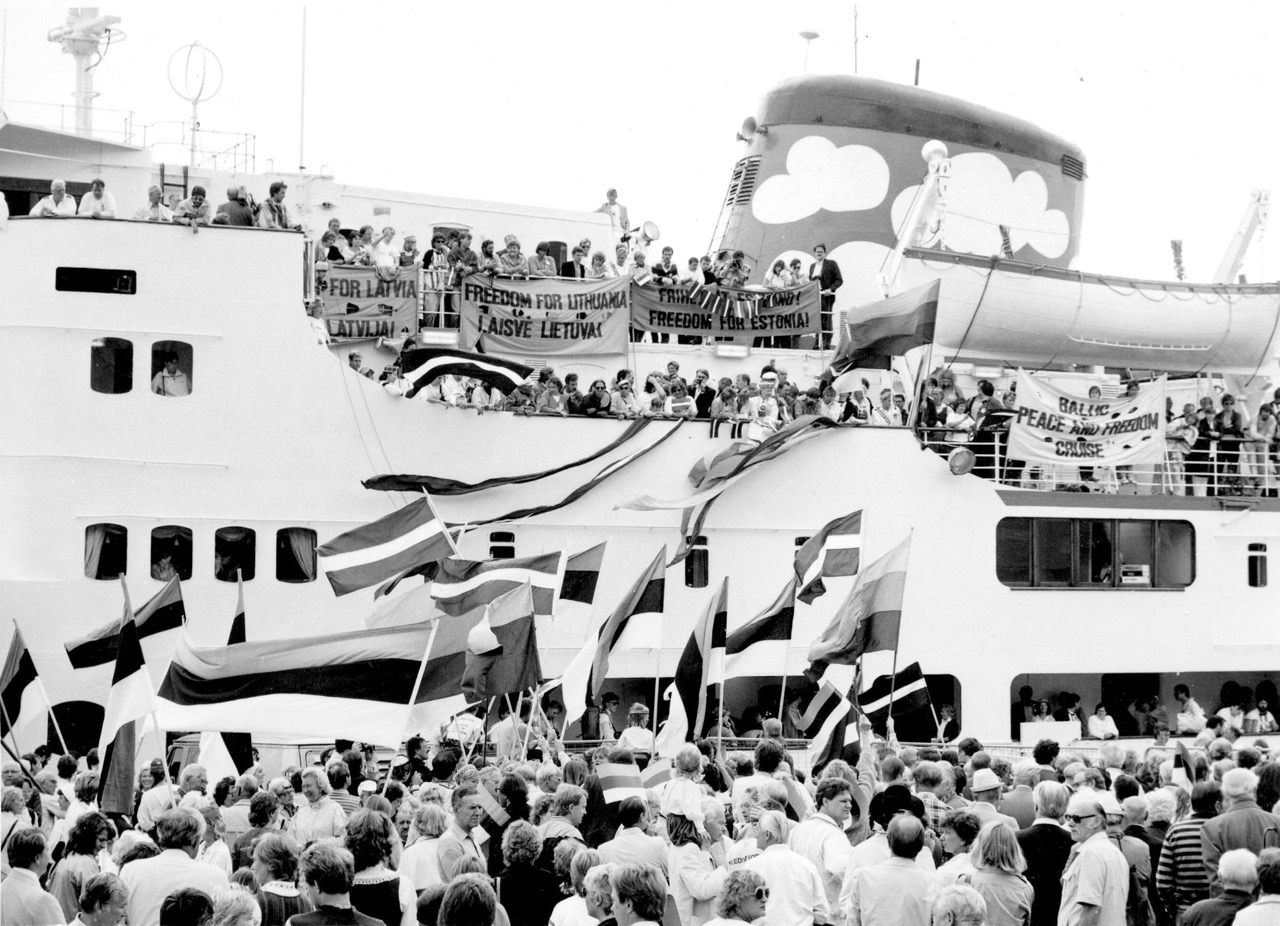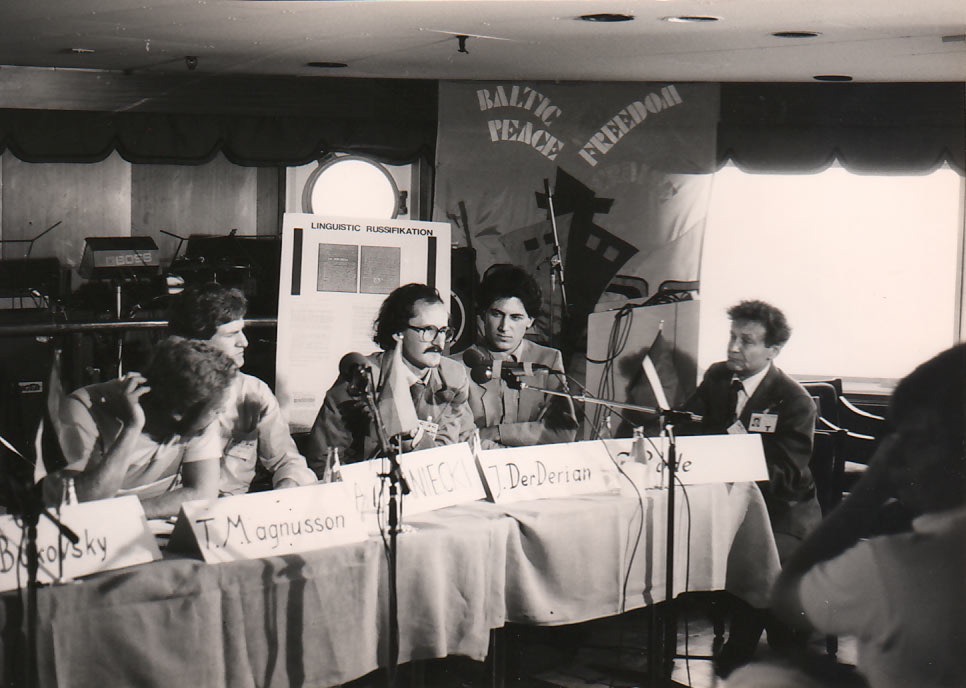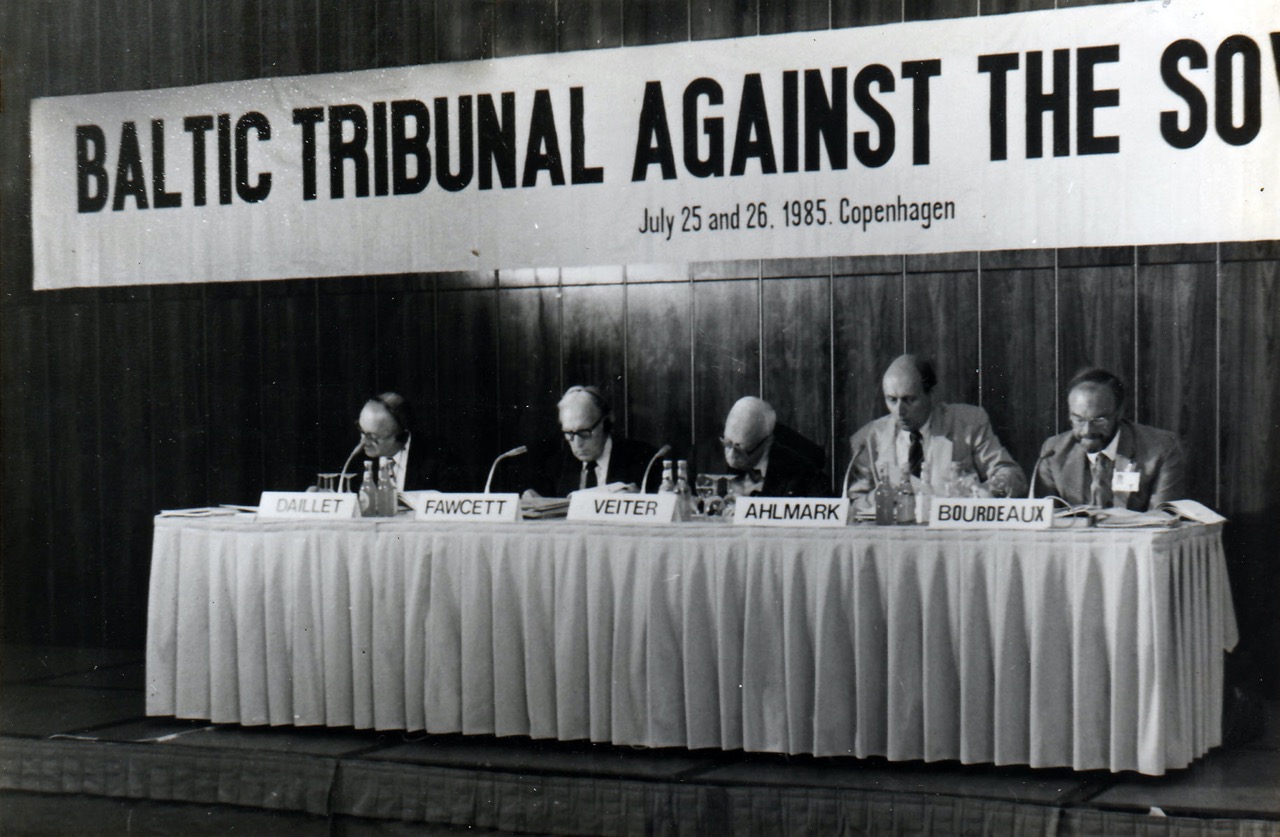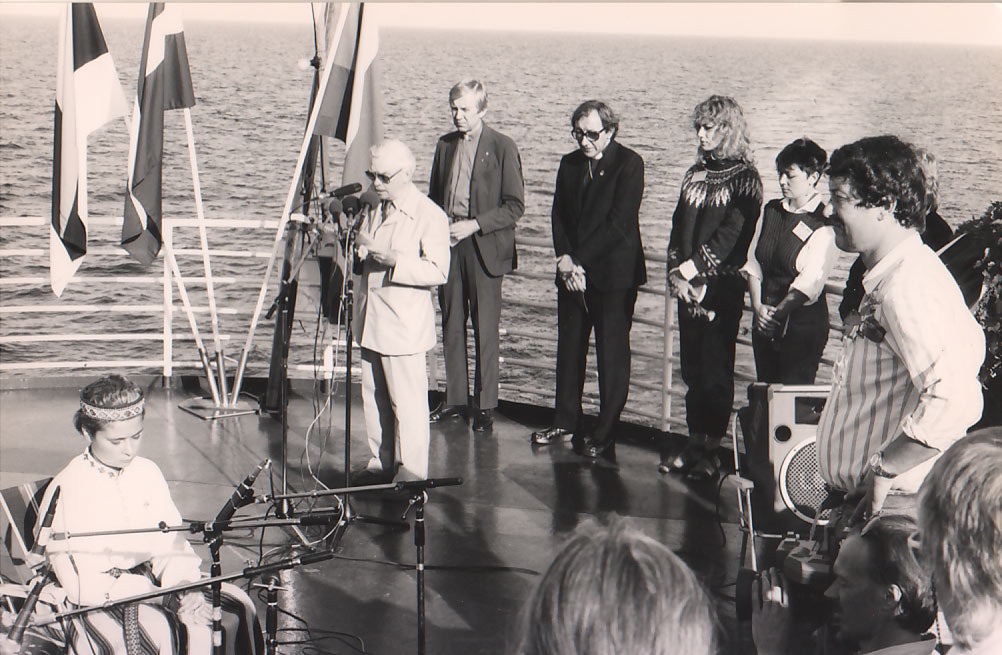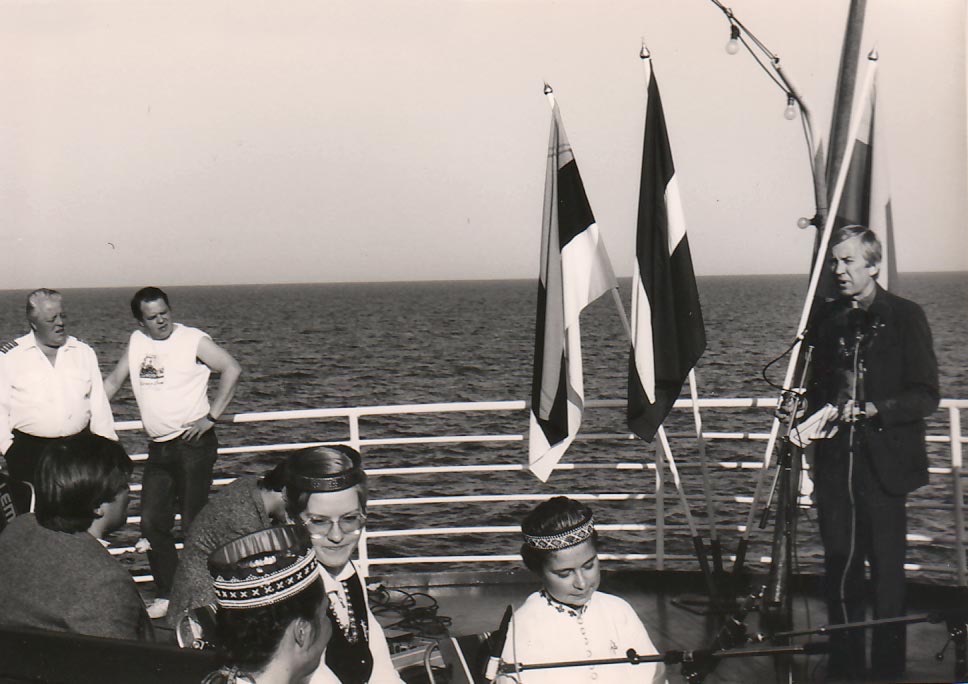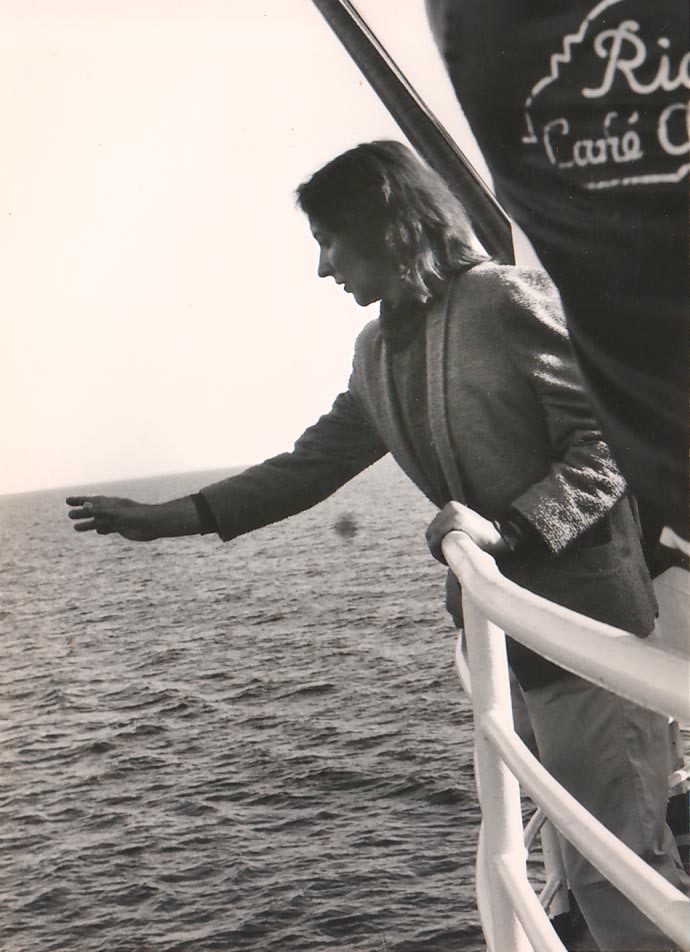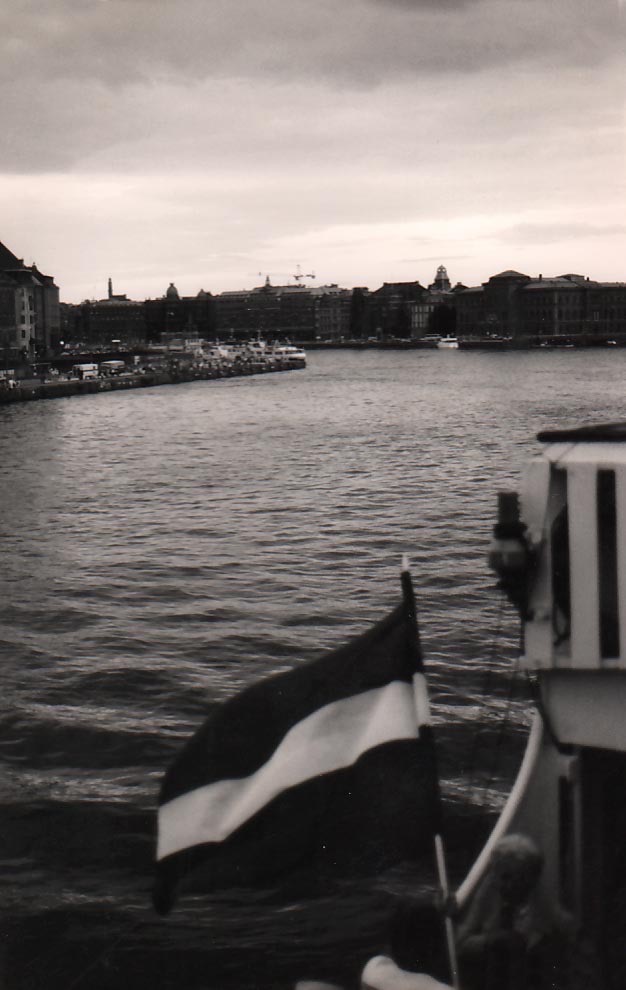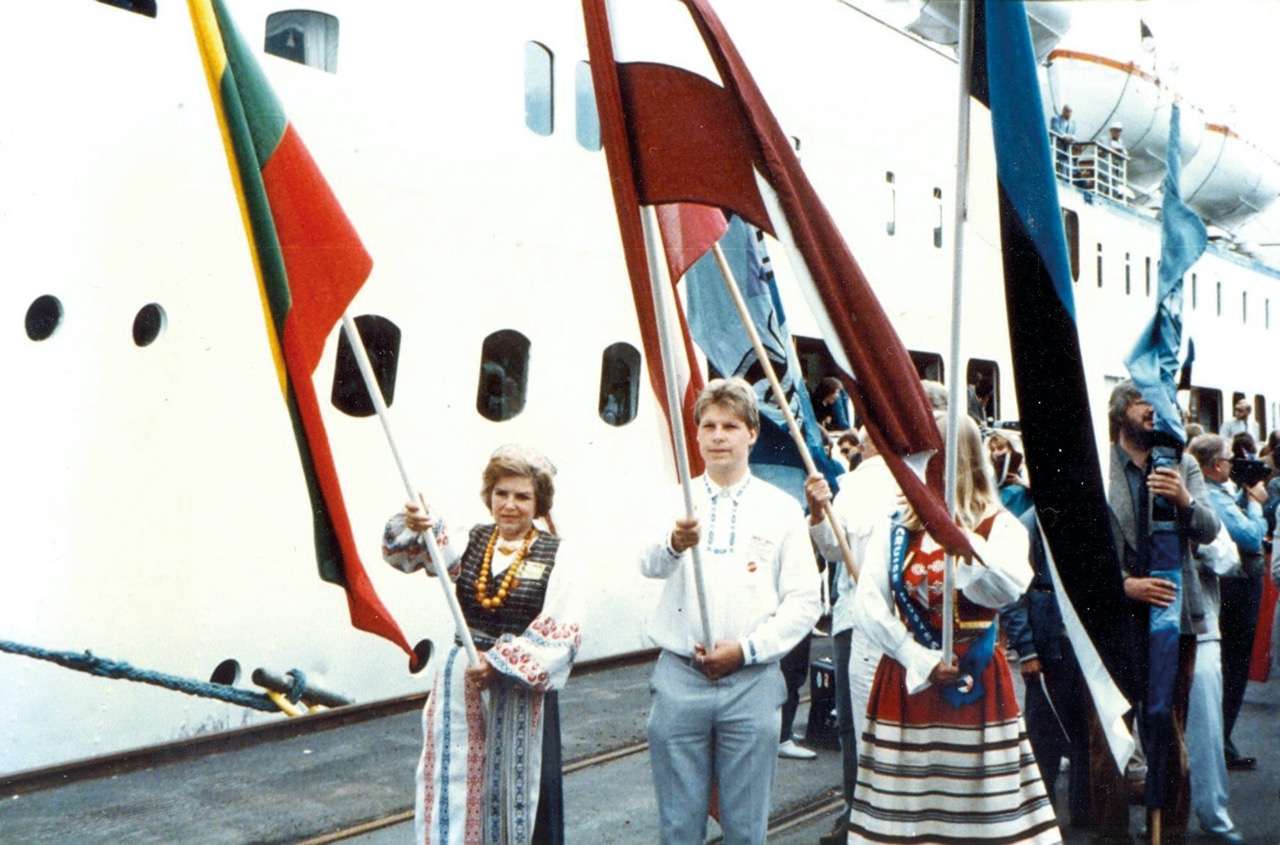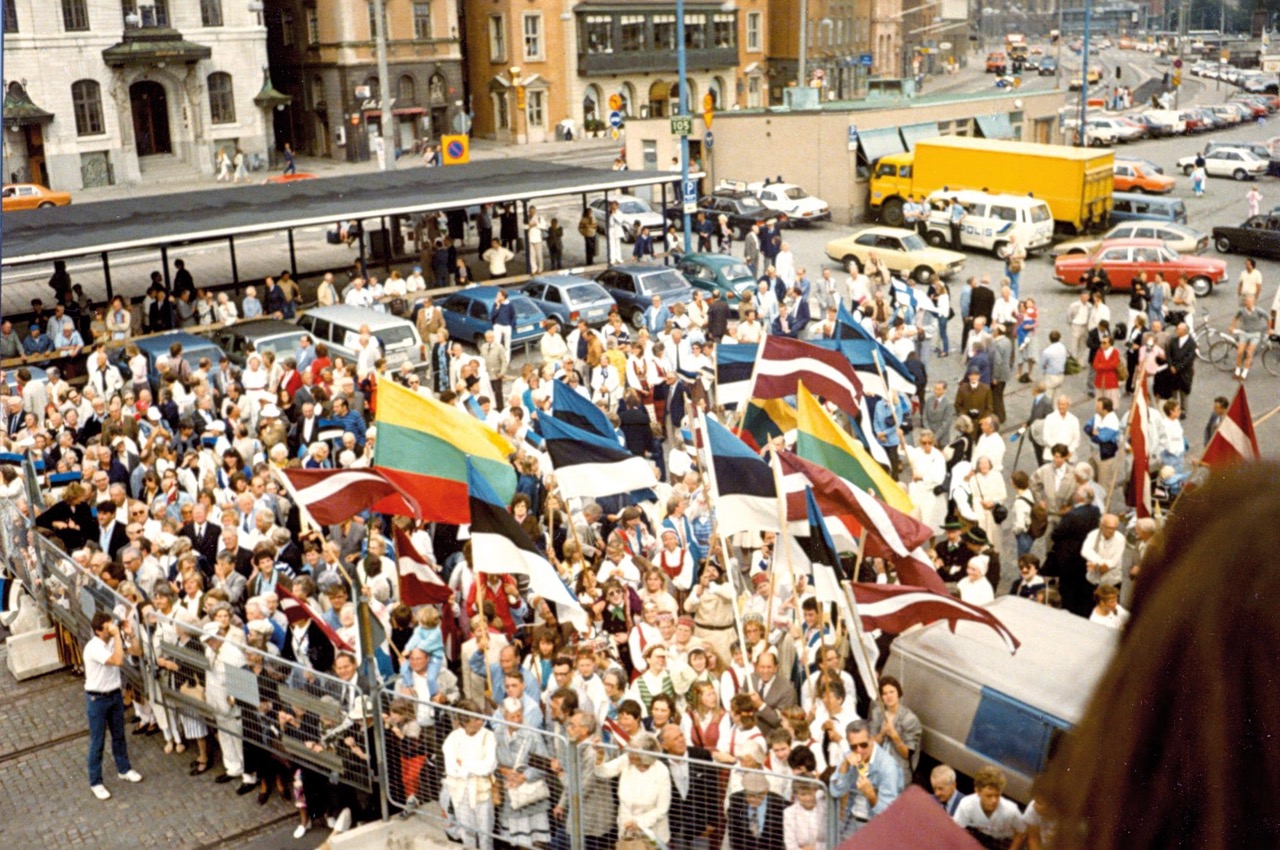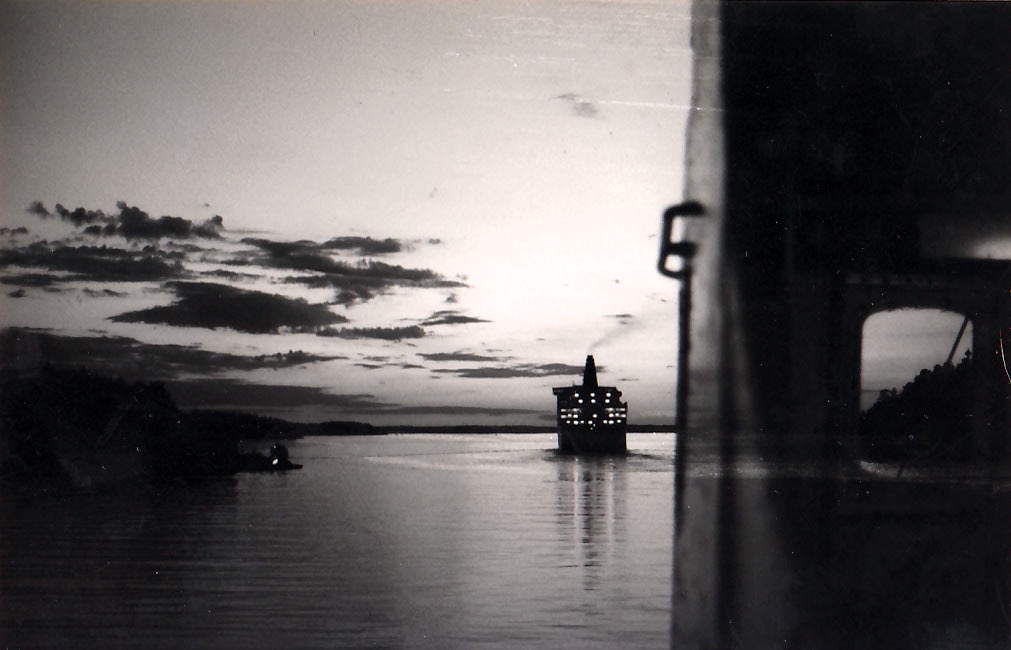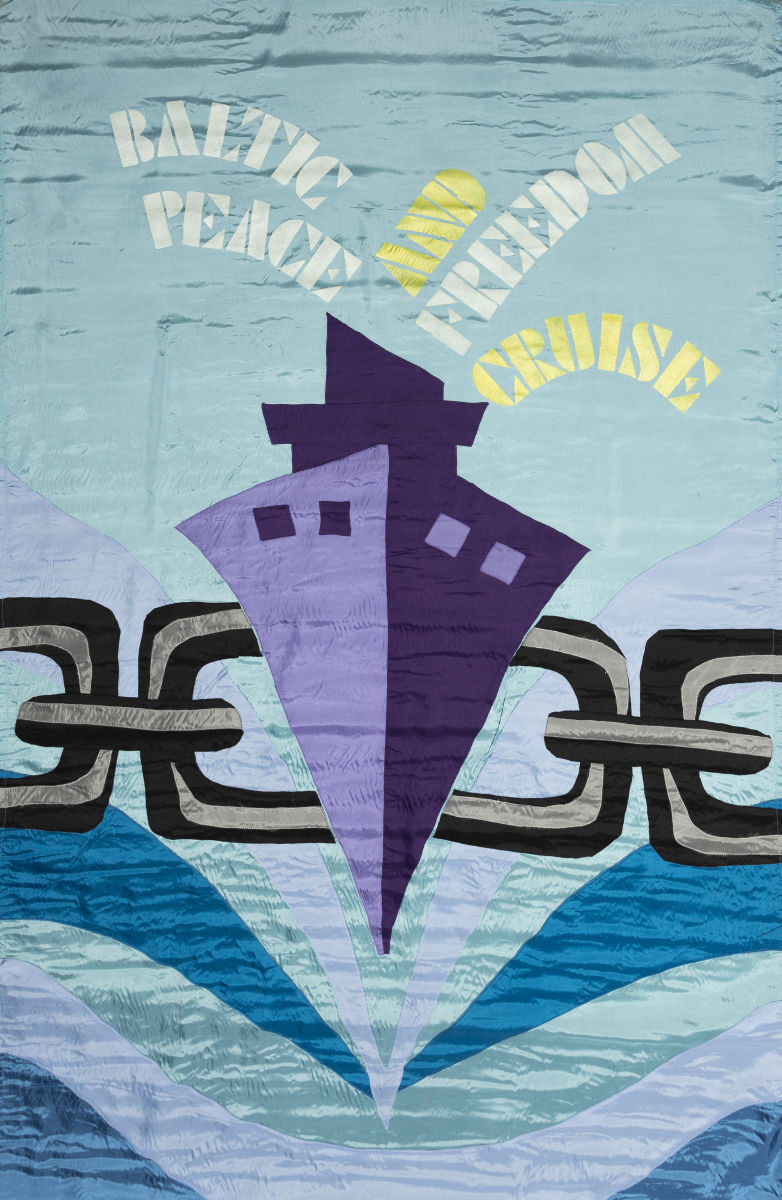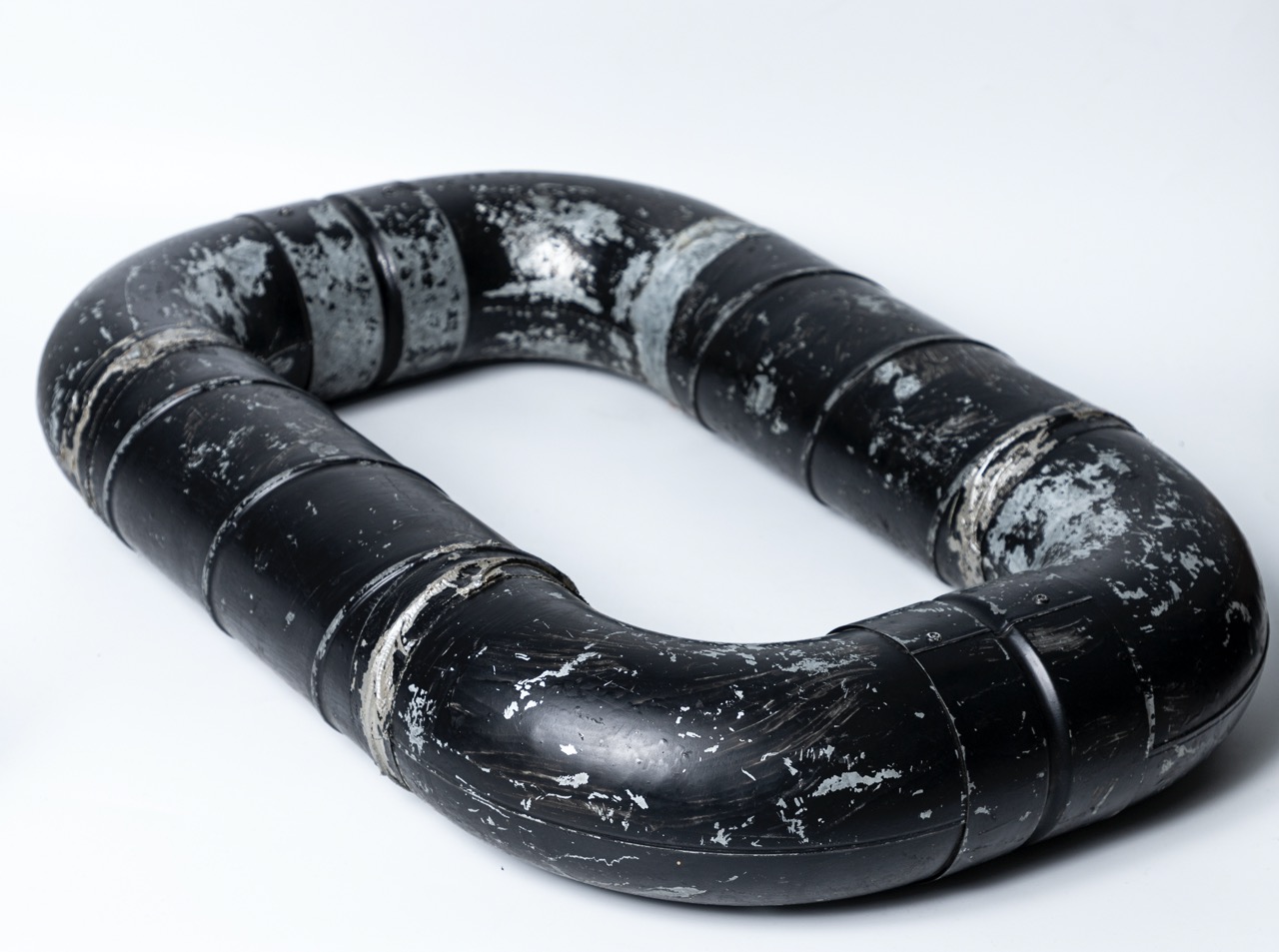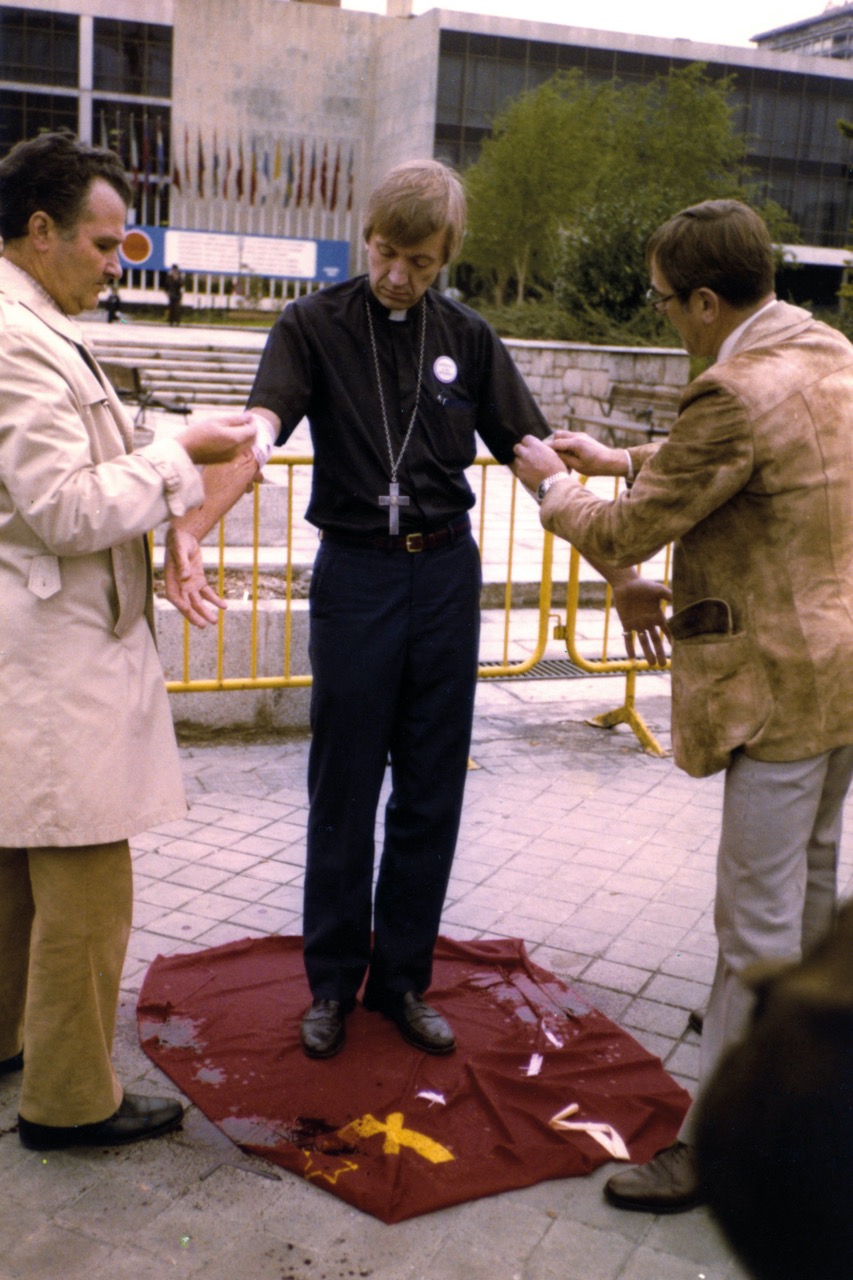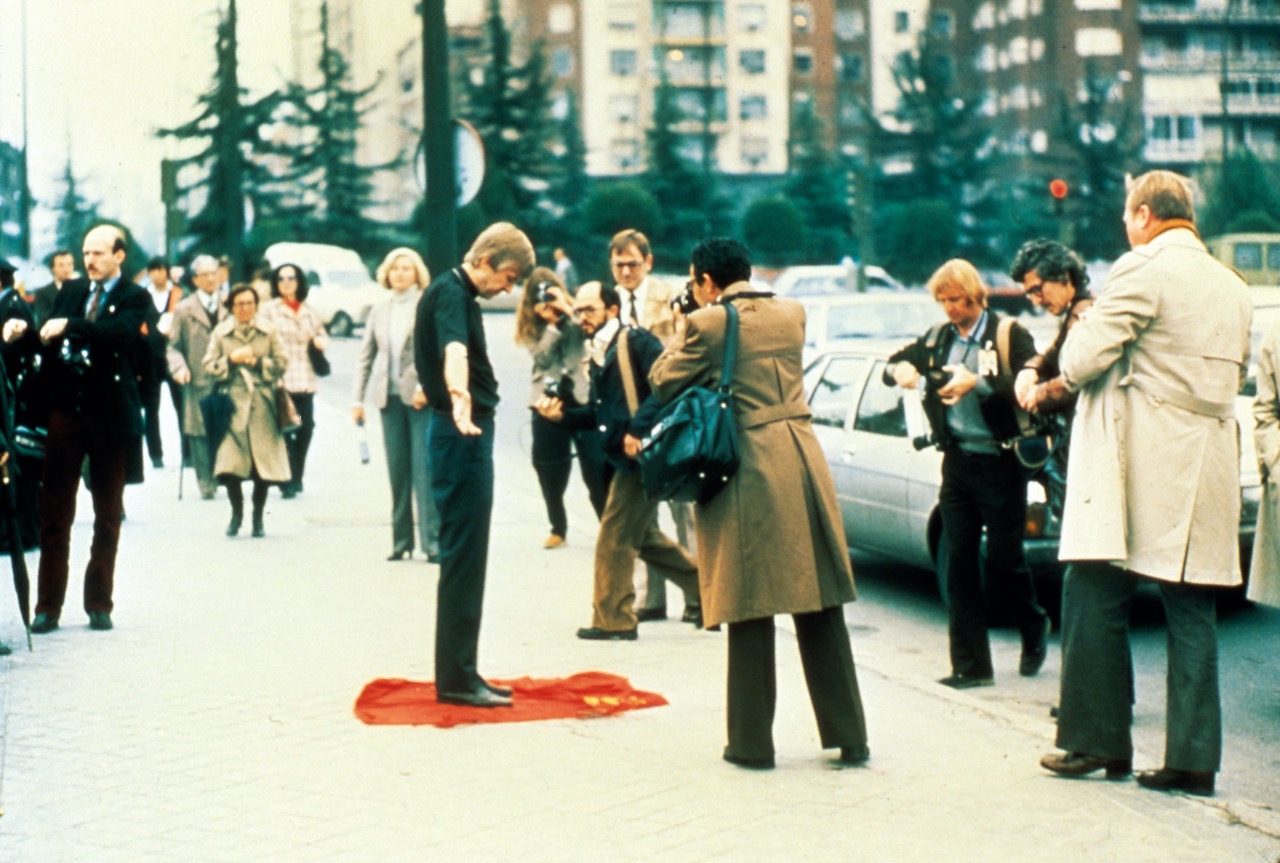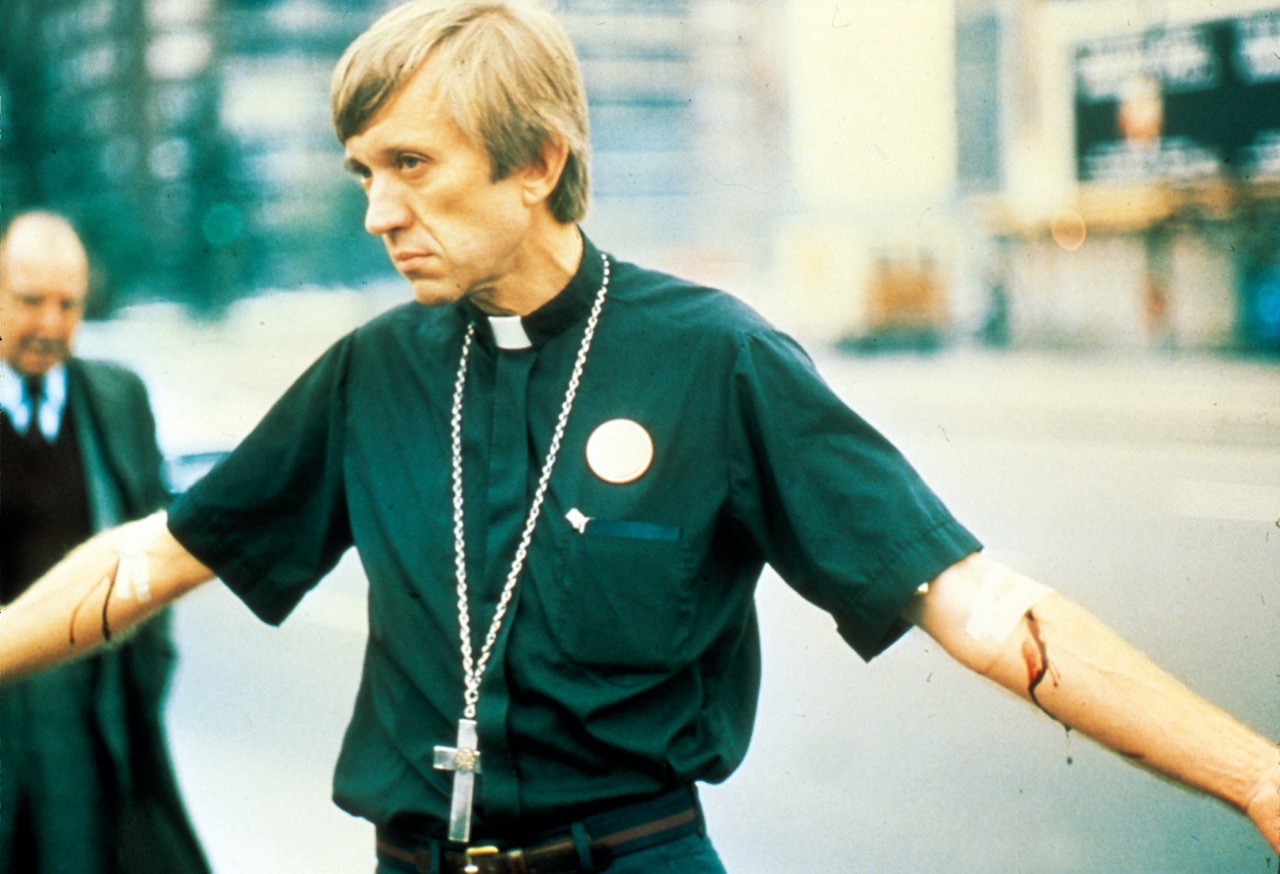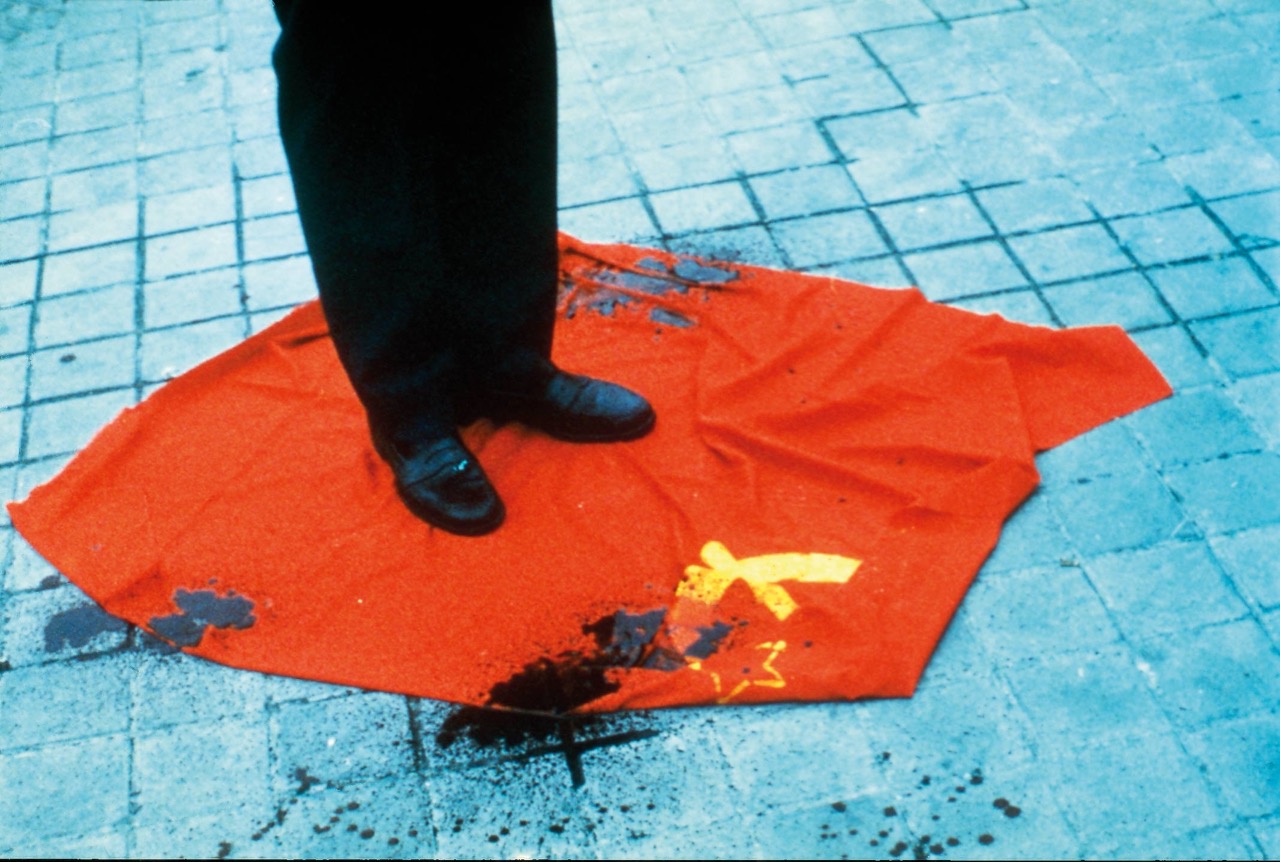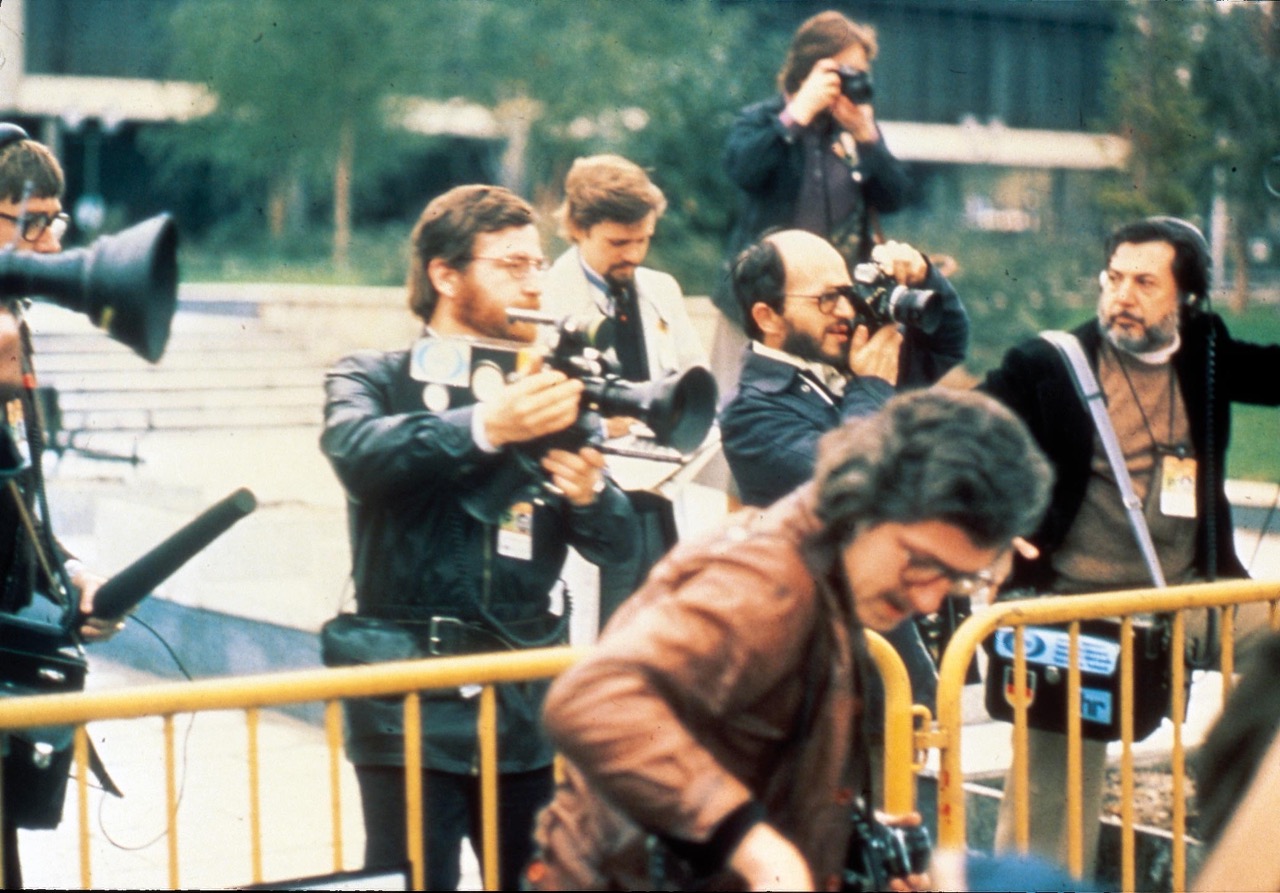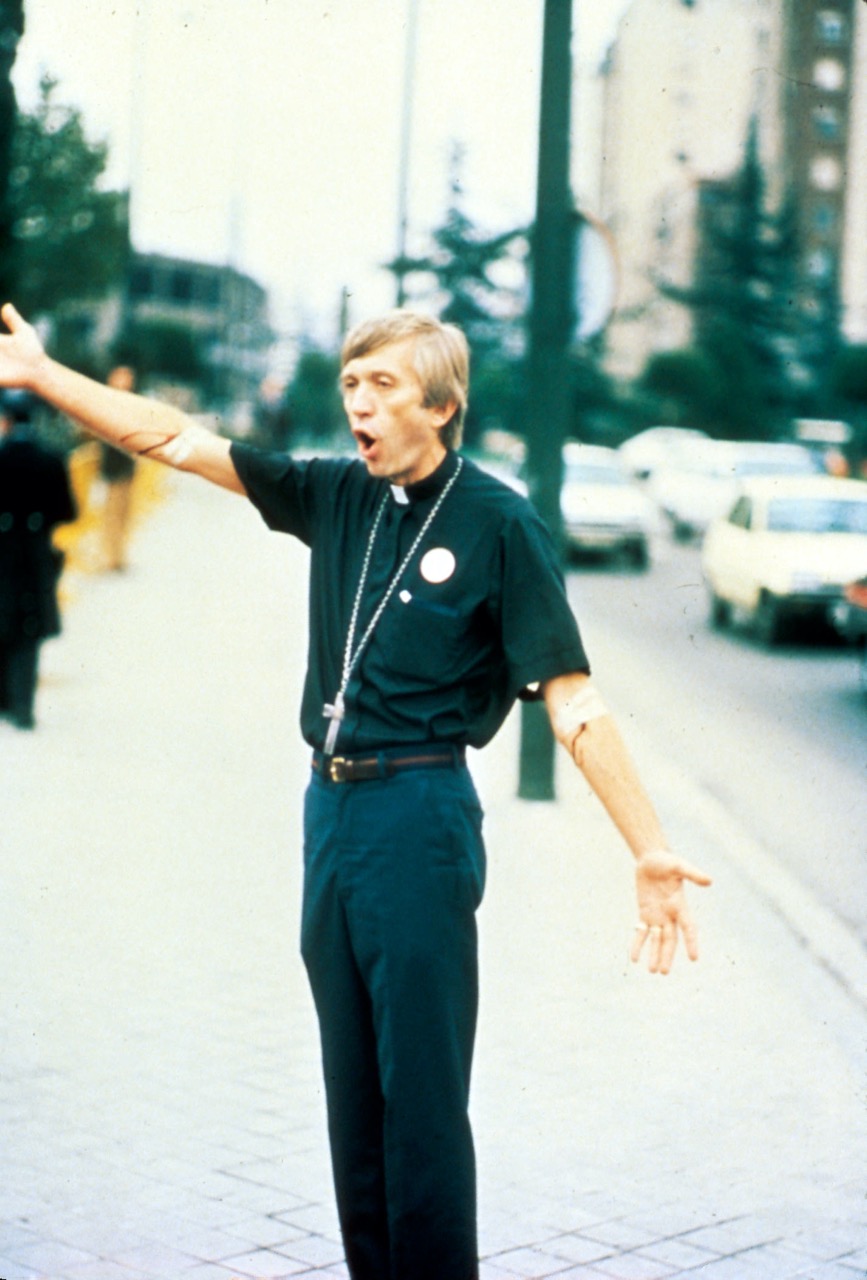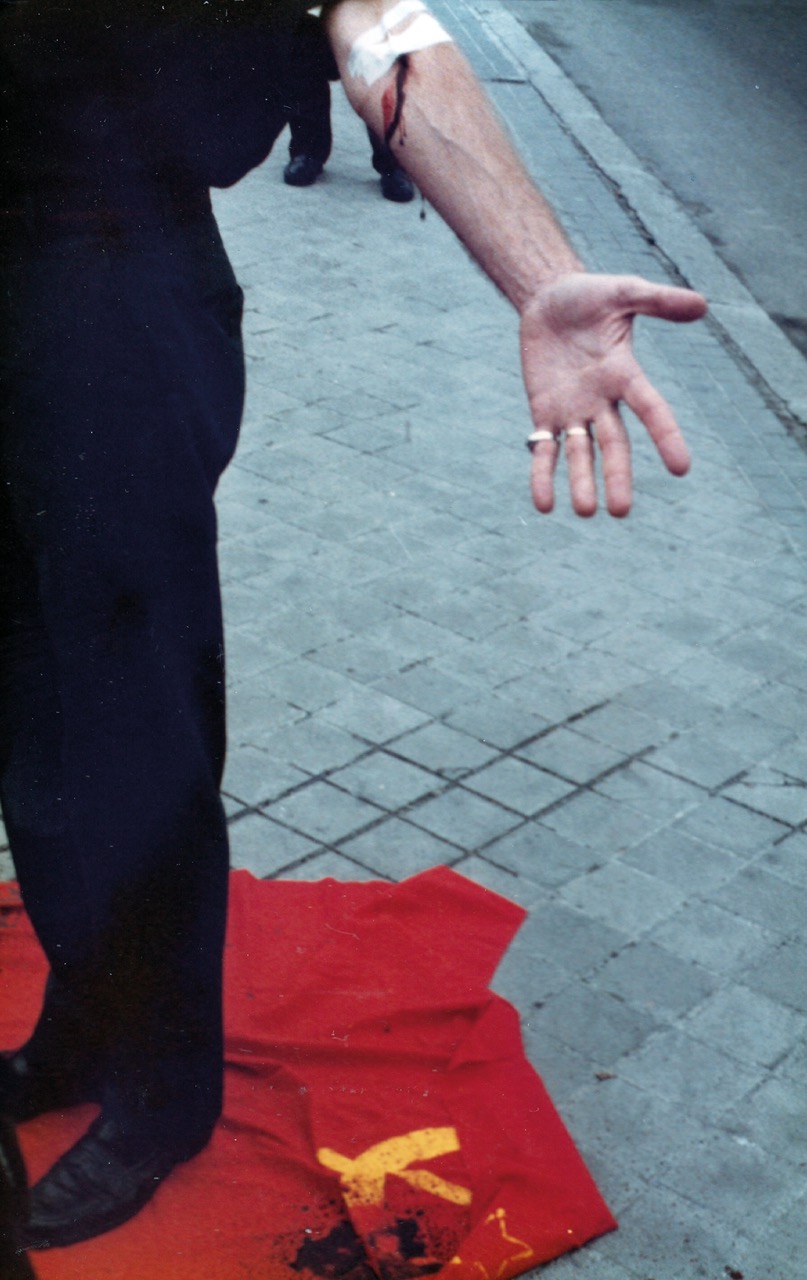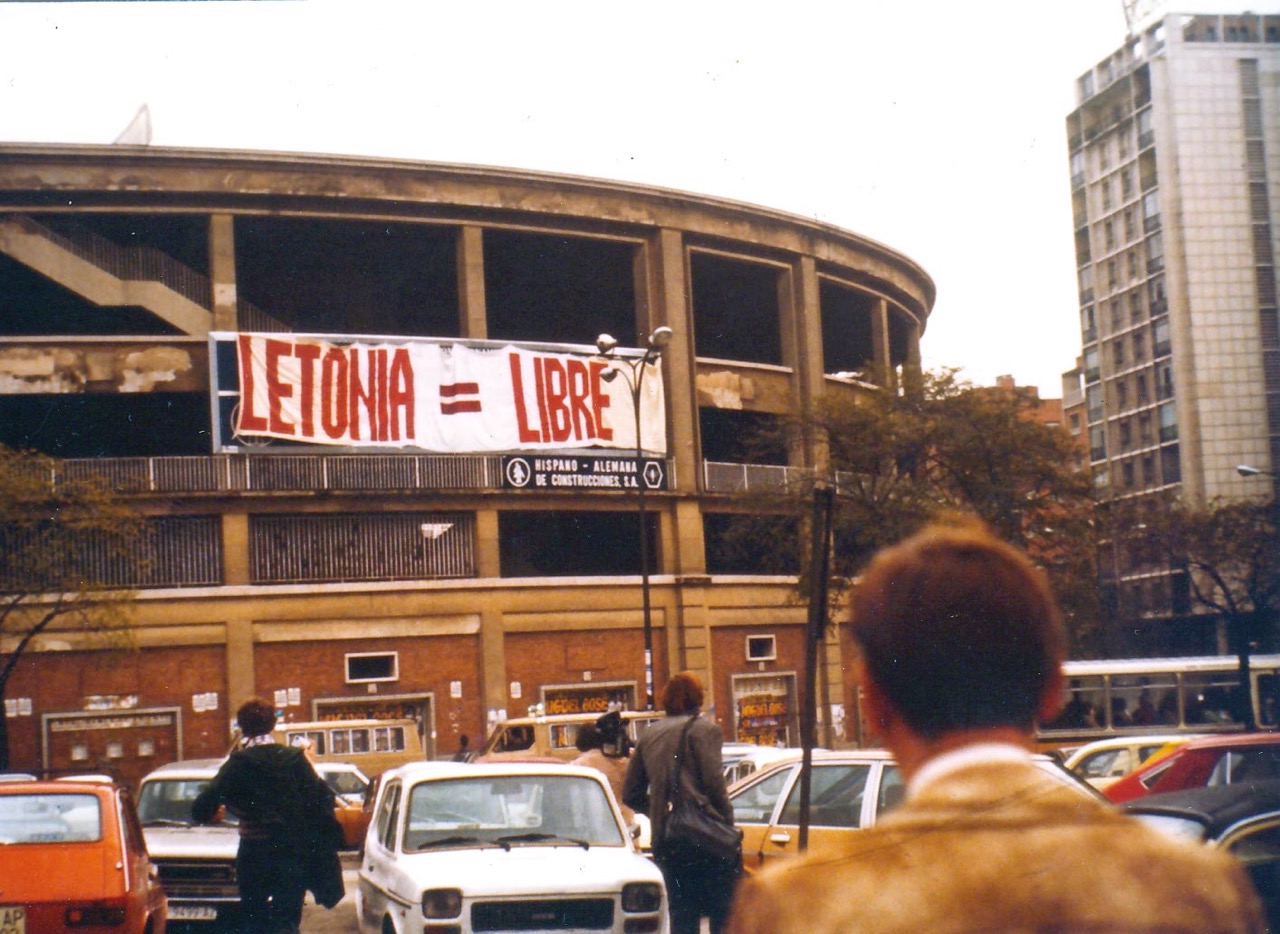- Latvian political activity in exile
- Use your imagination
- Create a catchy slogan
- Gather like-minded people
- Disturb societal norms
- Act quickly
- Get attention from the press
- Protest day-to-day
- Be prepared for legal consequences
- Teach the young
- What to wear
- Remain vigilant until your goal is achieved
- __________________
- About the exhibition
Get attention from the press
CONTACT THE MEDIA IN TIME - inform them and get them interested in the event!
The success of any demonstration is measured by the attention it gets in the press. The press can influence public opinion and, thus, the actions of politicians. Therefore, demonstrations are also a public relations event.
BALTIC PEACE AND FREEDOM CRUISE
The idea was to hold an impressive event in July when the media is "dead" and the event could arouse international interest because there is nothing else to write about. It seemed that traveling along the Baltic Sea and approaching the borders of the Baltics could arouse media interest – charter a boat to almost cross the maritime border with the Soviet Union.
Lilita Zaļkalns
The ship was expensive and needed a down payment, so we collected donations. There were charity dances and donation campaigns. The largest amount of money was given by World Federation of Free Lativans. We learned that the Soviet Union was trying to influence the shipowner not to give us a ship.
Ģirts Zēgners
The most moving moments were when we passed the border of each of the Baltic states. I do not know how close we were, but we left Stockholm for the Baltic Sea and then made a loop past the Baltic states and then on to Helsinki. I remember the wreaths being thrown into the water and a ceremony at the border of each country as we passed.
Ivars Slokenbergs
We arrived in Helsinki where we were greeted with more enthusiasm than we had expected. We were escorted from the port to the Soviet embassy by police. Each nation sang its own folk songs. About 200 meters from the embassy, we were stopped - we could not get any closer. There were a few exceptions - individuals who tried to break through the police lines. They were arrested.
Krišs Ligers
What did we do on board? We listened to reports on the situation in the Baltic states. But let's be honest - we were having fun! We were once invited to talk about the Freedom Cruise at a 3x3 camp in the Catskills. I was a little uncomfortable because some of the older generation [thought]: "Yes, well, they are heroes!" If only they knew how much fun we had! (laughs). Some of us wanted to enjoy the last night, so we sang all night. It was hard later, because right after that we had a demonstration in Stockholm.
Baiba Rudzīte-Pinnis
There were several demonstrations in Copenhagen and Stockholm. But the most impressive was in Helsinki: you could see that the Finns really sympathised with us. There was compassion. I was walking around Helsinki with a Latvian flag, and a lady sitting in the park on a bench actually applauded. It was a very impressive demonstration.
Baiba Rudzīte-Pinnis
Donated to Latvians Abroad Museum and Research Centre by Nīls Ebdens
EUROPEAN SECURITY AND COOPERATION COUNCIL (ESCC) CONFERENCE IN MADRID
Events organised by Latvians in exile at the ESCC Conference in Madrid on 11 November 1980 – especially the spilling of his own blood by pastor Māris Ķirsons on the Soviet flag – gained international resonance. Latvians from several continents organised the Madrid events: content ideas were generated in the United States, Canada, and Germany, and Latvians from Venezuela and Argentina arrived from South America as Spanish translators.
We tried out the bleeding in our kitchen in our home in Philadelphia. It was necessary to try to do it safely and without risk. This is a serious matter - to spill your own blood – because you can lose too much blood and become ill.
Jānis Zvārgulis
Shortly before the opening of the conference, pastor Ķirsons dripped blood from his veins while standing on the Soviet flag. Police took the pastor into custody and transported him to the hospital. Remaining police cleaned Ķirsons' blood from the sidewalk under the flag and left. A photo of this event appeared in countless publications, including TIME magazine. Another advantage was that Ķirsons was a pastor - he looked like a bigger sufferer with his white collar than we did in T-shirts with the Spanish inscription "Freedom for Latvia".
Astra un Oļģerts Pavlovskis
That picture, that story circled the globe. That was the first time a Latvian made it into TIME magazine. Once Sandis Ozoliņš and I laughed that there are only three Latvians who have appeared in TIME - Ķirsons, Ozoliņš and Vaira Vīķe-Freiberga!
Māris Ķirsons
There is no point in sitting in jail unless the press writes about it.
Oļģerts Pavlovskis
Madrid was definitely one of the highlights. Madrid is distinguished by the fact that the activities themselves were unusual. It wasn't just marching with posters. It wasn't even like being chained somewhere. Both things – the pastor with open veins and the banner at the football stadium when Gromyko arrived – have never been repeated.
Anna Muhka


